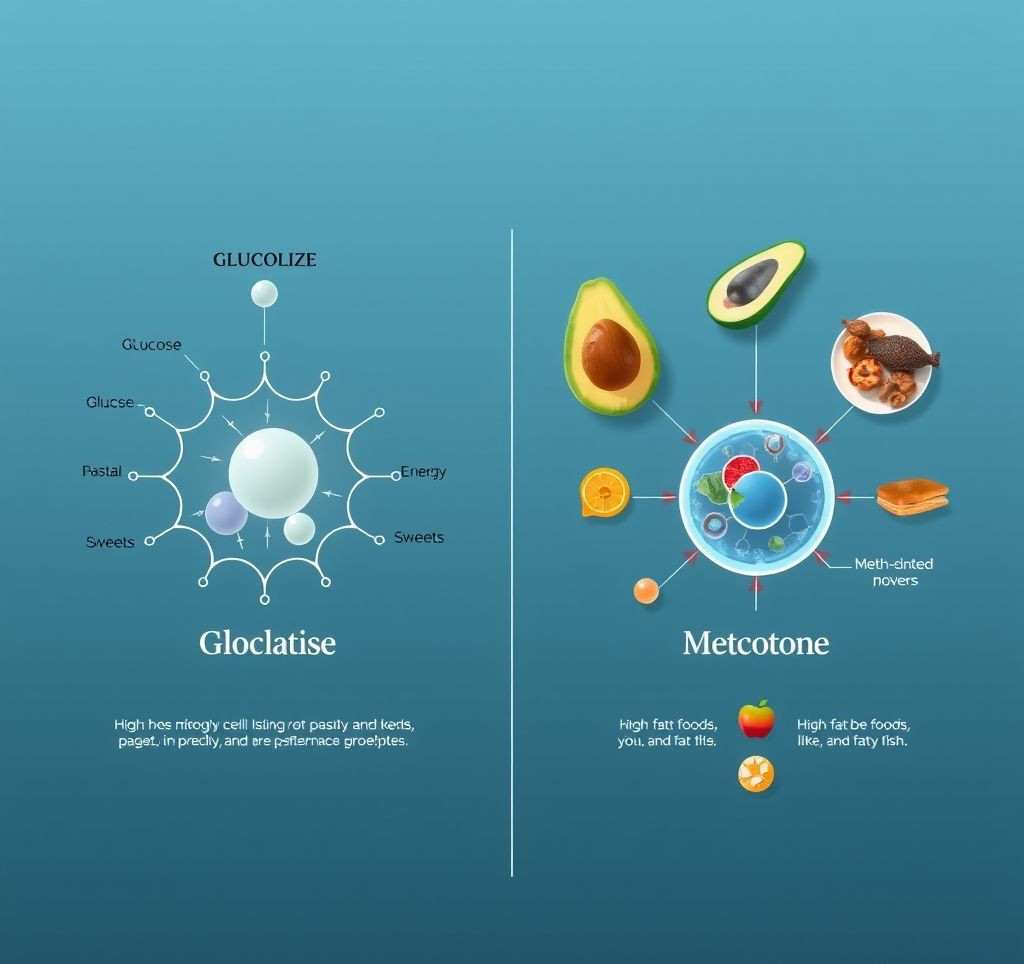Venturing into the world of nutrition can feel overwhelming with countless diets and trends vying for attention. Among them, the keto diet has emerged as a popular and intensely discussed approach. But what exactly is keto? This comprehensive guide will demystify the ketogenic diet, explaining the science behind it, exploring its potential advantages, addressing potential concerns, and outlining how to embark on this dietary journey responsibly.
Why Adopting a Keto Approach Can Be Transformative
The keto diet isn’t merely about weight management; it’s a metabolic shift that can impact various aspects of well-being. Understanding its potential benefits is crucial for making informed decisions:
- Enhanced Mental Clarity: Many individuals report improved focus and concentration while following a ketogenic diet. This is attributed to the brain utilizing ketones more efficiently than glucose in specific circumstances.
- Appetite Regulation: The high-fat content of a keto diet can promote satiety, potentially leading to reduced calorie intake and improved appetite control.
- Blood Sugar Management Potential: By significantly reducing carbohydrate intake, the keto diet can help stabilize blood sugar levels, which is particularly relevant for individuals seeking to manage their glucose levels through dietary modifications under medical supervision.
Core Principles of the Ketogenic Diet Explained
At its heart, the keto diet is a very low-carbohydrate, high-fat diet. The primary goal is to induce a metabolic state called ketosis. Here’s a breakdown of the key components:
- Macronutrient Ratios: A typical ketogenic diet consists of approximately 70-80% of calories from fat, 10-20% from protein, and only 5-10% from carbohydrates.
- Ketosis: When carbohydrate intake is drastically reduced, the body begins to break down stored fat into fatty acids. The liver converts some of these fatty acids into ketones, which become an alternative fuel source for the brain and body.
- Food Choices: Focusing on nutrient-dense foods such as avocados, nuts, seeds, olive oil, fatty fish, and non-starchy vegetables is crucial for success on a keto diet.
A Step-by-Step Guide to Getting Started with Keto
Embarking on a keto diet requires careful planning and execution. Here’s a simplified guide:
- Calculate Your Macros: Use an online keto calculator to determine your individual macronutrient targets based on your age, gender, activity level, and weight loss goals.
- Plan Your Meals: Prepare weekly meal plans that adhere to your macronutrient targets. Include a variety of keto-friendly foods to ensure adequate nutrient intake.
- Track Your Progress: Monitor your ketone levels using urine strips, blood ketone meters, or breath analyzers. This will help you determine if you’re in ketosis and adjust your diet accordingly. Some people experience something called the “keto flu,” which is a temporary period of discomfort as the body adapts to using ketones for fuel. This typically resolves within a few days.
- Prioritize Hydration and Electrolytes: Drinking plenty of water and supplementing with electrolytes like sodium, potassium, and magnesium can help mitigate potential side effects like muscle cramps and fatigue.
- Listen to Your Body: The keto diet is not a one-size-fits-all approach. Pay attention to how your body responds and adjust your diet accordingly. Consider consulting with a healthcare professional or registered dietitian for personalized guidance.
Expert Tips & Best Practices for Keto Success
Navigating the keto landscape effectively requires more than just understanding the basics. Refine your approach with these expert-backed insights:
- Prioritize Whole, Unprocessed Foods: While keto allows for a higher fat intake, focus on healthy fat sources like avocados, olive oil, coconut oil, and fatty fish, rather than heavily processed alternatives.
- Be Mindful of Hidden Carbs: Carefully read food labels to identify hidden sources of carbohydrates such as sugars, starches, and fiber.
- Incorporate Intermittent Fasting (with caution): Some individuals combine intermittent fasting with the ketogenic diet to enhance fat burning and improve insulin sensitivity. Consult with a healthcare professional before combining these strategies.
- Know When to Seek Professional Advice: According to a study published in the *Journal of the American Medical Association*, individuals considering significant dietary changes should consult a healthcare professional, especially if they have pre-existing health conditions. Having a medical professional provide advice will help eliminate any [safety restriction].
“The ketogenic diet is a powerful tool, but it’s crucial to approach it with knowledge and respect for your individual needs.” – Dr. Eric Westman, co-author of “The New Atkins for a New You.”



















